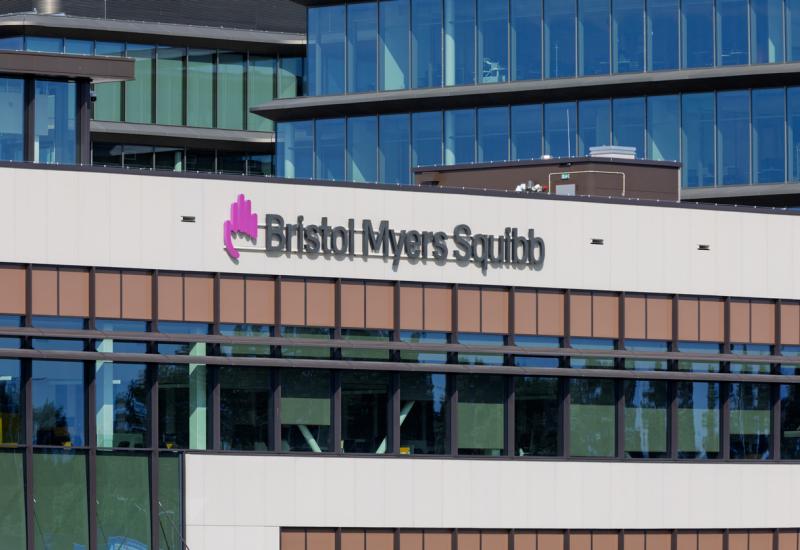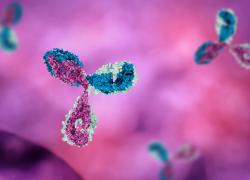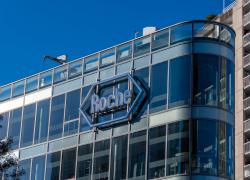
CG gets money before data
CG Oncology and Arrivent pull off US flotations, and both offer speculative investment cases.
CG Oncology and Arrivent pull off US flotations, and both offer speculative investment cases.

Cash first, data later. Several biotechs managed this trick this month, and most notably CG Oncology raised $380m in an upsized Nasdaq flotation, after Kura completed a substantial private equity raise in anticipation of results from the Komet-007 study.
Investors betting on CG are doing so before a huge catalyst – topline data from the final analysis of the Bond-003 study of its sole asset, the oncolytic virus cretostimogene, in non-muscle-invasive bladder cancer (NMIBC). CG stock nearly doubled on its first day’s trading on 25 January, and the group is now worth $2.2bn.
A second oncology IPO didn’t fare quite as well. On 26 January Arrivent BioPharma floated at $18 a share, the mid-point of its range, and ended the day up 11%. That group’s market cap stands at a slightly more modest $640m, and the $175m proceeds will be invested mainly into the development of furmonertinib, which plays in the highly competitive EGFR inhibitor space.
CG Oncology
While CG’s success might have turned heads, there is some positive backing for the company’s upcoming data catalyst, from the Bond-003 trial’s first interim analysis presented at last year’s Society of Urologic Oncology meeting.
If the numbers hold up then the headline complete response rate of 76% looks highly competitive. Merck & Co’s Keytruda is approved for NMIBC, as is Ferring’s Adstiladrin, which has a highly protracted development history, and after a hiatus was launched at last this month.
ImmunityBio also boasts decent-looking NMIBC data with Anktiva, but has struggled financially as well as being knocked back by the FDA. Its US filing received a US complete response letter last May, but within five months a resubmission, claiming to address the CRL’s issues, was made; this now awaits a 23 April FDA action date.
Clearly, CG needs to avoid similar troubles, and to contend with the fact that oncolytic virus therapies have so far disappointed.
Cross-trial comparison in BCG-unresponsive high-risk NMIBC
| Keynote-057 | CD-003 | Quilt-3.032 | Bond-003 | |
| Keytruda (Merck & Co) | Adstiladrin (Ferring/ Royalty Pharma) | Anktiva (ImmunityBio) | Cretostimogene (CG Oncology) | |
| n | 96 | 98 | 83 | 66 (at interim) |
| CR rate | 41% | 51% | 71% | 76% |
| mDOR | 16.2mth | 9.7mth | 24.1mth | Not reached |
| Status | US approved, Jan 2020 | US approved, Jan 2023 | US CRL, filing resubmitted, 23 Apr 2024 PDUFA date | Final data due by end 2024 |
Source: product labels & company statements.
In a sense the Arrivent flotation is similarly speculative, though for different reasons.
Arrivent's pipeline lead is the anti-EFGR tyrosine kinase inhibitor furmonertinib (earlier known as alflutinib). Though this is claimed to have broad activity against mutant EGFR, Arrivent’s main focus is exon 20 insertions in EGFR; this is a vanishingly small niche, currently served by Johnson & Johnson’s Rybrevant, which has seen off the likes of Takeda’s Exkivity and Spectrum’s poziotinib.
Furmonertinib is approved in China, where it’s sold by its originator, Allist, for more typical EGFR mutations, including T790M. This market is significant, but in the west it’s effectively controlled by AstraZeneca’s Tagrisso; work on so-called fourth-generation EGFR inhibitors is ongoing, but Blueprint, Black Diamond, Rain Therapeutics, Theseus and others have struggled.
Perhaps the fact investors have seen enough to back two highly speculative oncology flotations bodes well for the health of the biotech markets.
This is an updated version of a story published earlier.
1043













